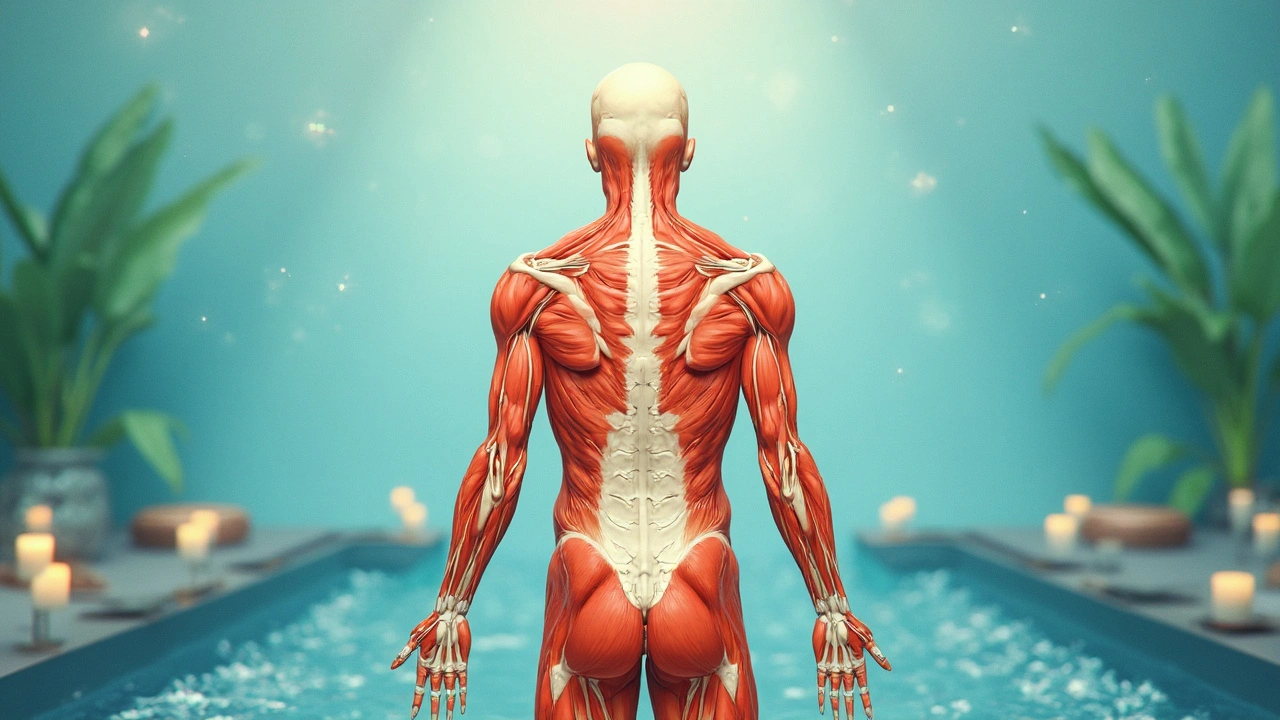Muscle Pain Relief: Fast, Practical Help for Your Dog
Is your dog slower on walks, stiff after play, or flinching when you touch a muscle? Muscle pain shows up in lots of ways. With a few safe moves and the right home care, you can often ease soreness and speed recovery. This page gives clear steps, quick massage moves, and signs that mean it’s time to see a vet.
Quick checks and first steps
Start by scanning for swelling, warmth, limping, or a sudden change in behavior. Those need vet attention. For mild stiffness after exercise, give 24 to 48 hours of controlled rest: shorter walks, no jumping, softer bedding. Use a cold pack wrapped in a towel for the first two days after a new injury—10 minutes on, 10 minutes off—to calm swelling. After that, switch to a warm compress for 10–15 minutes to relax tight muscles and boost blood flow. Never use heat on open wounds.
Avoid heavy activity, stairs, or long runs until your dog shows steady improvement. Keep leash walks slow and steady so they move without pushing a sore muscle.
Simple massage moves you can do
Start with calm strokes down the leg or along the back to relax your dog. That soothing stroke is called effleurage and helps reduce anxiety before deeper work. Next, use small circular motions with a flat hand to find tight spots. When you find a tender knot, hold gentle, steady pressure for about 8–12 seconds—if the dog relaxes, you’re helping it release. Stop if your dog pulls away or seems distressed.
Focus on common trouble spots: shoulders, hips, the base of the neck, and the lower back. Keep sessions short—three to five minutes at first—and repeat two to three times a day if your dog tolerates it. Use soft praise and treats so your dog learns the touch feels good.
Light stretching and controlled movement help too. After warming the area with a compress or a short walk, guide gentle hip circles, slow shoulder lifts, and a few short incline steps. Keep each stretch easy and brief. If your dog resists, stop—don’t force a stretch.
Nutrition supports healing: omega-3 fatty acids can lower inflammation and protein helps tissue repair. Check with your vet before adding supplements or changing food.
See a vet right away for sudden severe pain, fever, loss of coordination, or if the problem lasts more than a week despite care. A vet or canine physiotherapist can offer targeted myofascial release, neuromuscular therapy, laser, or hydrotherapy.
Tools that help at home: a towel-wrapped cold pack, warm compress, non-slip mat, soft roller made for dogs, and a short leash for controlled movement. Try a small routine today—five minutes of warm compress followed by soothing strokes—and watch how your dog responds. For more how-to articles and step-by-step massage guides, explore the related posts on this site.

Neuromuscular Massage: The Healing Journey Explained
Unlock the facts and real-life tips about neuromuscular massage therapy—what it actually does, who it helps, and why it's not just a regular back rub. Discover how focused pressure on trigger points can ease stubborn muscle pain from jobs, sports, or stress. Learn what a session feels like and why it works for both everyday tension and nagging injuries. Get practical advice to maximize your own healing journey. This article takes you right into the hands-on details without the jargon.

Neuromuscular Massage: Pathway to Superior Health
Neuromuscular massage isn't just for relaxation; it's a game-changer for your health. Dive into how this specific massage targets hard-to-reach muscles, relieving chronic pain and boosting flexibility. Learn how it reduces stress and improves circulation, offering a holistic approach to superior health. Practical tips and facts will guide you to make the best out of neuromuscular massage therapy. Discover why this therapy could be your next big step towards a healthier life.

Sports Massage Benefits: Your Go-To for Muscle Pain Relief
Sports massages offer a targeted solution for muscle pain relief, aiding in athletic recovery and muscle maintenance. This article delves into the advantages of sports massages, how they work, and tips for making the most out of your sessions. Discover how this therapy can enhance performance and promote relaxation.

The Role of Biofeedback in Mental Health
Aug, 8 2023

Unlock Your Potential: Stress Reduction for Success
Feb, 14 2025

Boost Your Mood with These Aromatherapy Tips
Mar, 19 2025

